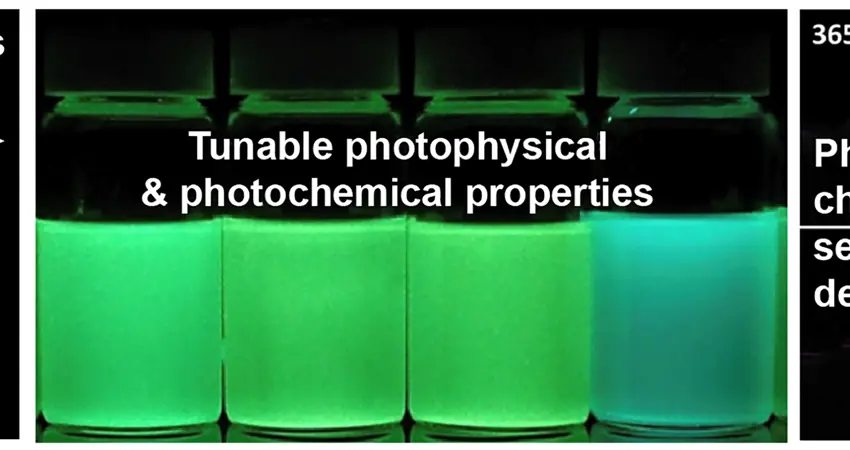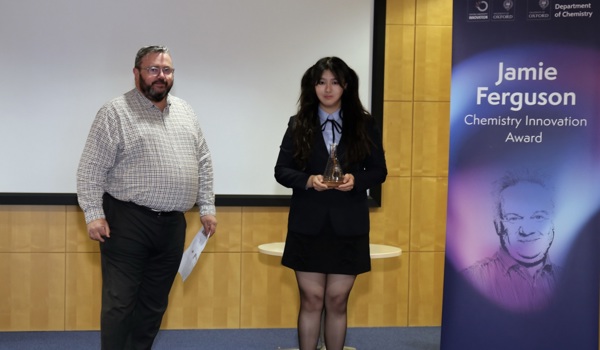09 Jan 2018
Smart sensor could revolutionise crime and terrorism prevention
Crime, terrorism prevention, environmental monitoring, reusable electronics, medical diagnostics and food safety, are just a few of the far-reaching areas where a new chemical sensor could revolutionise progress.

Engineers at the University of Oxford have used material compounds, known as Metal Organic Frameworks (MOFs), to develop technology that senses and responds to light and chemicals. The material visibly changes colour depending on the substance detected.
Photonic sensors are a fast-emerging and rapidly expanding global market. Featured in Advanced Materials, Oxford’s research could be used to develop (MOFs) at low cost, enabling a variety of innovative applications. Potential opportunities for impact include; protecting society from crime and terrorism, biosensors for safeguarding against chemical poisoning and food contamination and hand-held medical devices for non-invasive diagnosis and therapy. Likely applications range from wearable personal protection devices, to anti-counterfeiting technologies, and reusable optics-based luminescent sensors for protection against harmful environments, such as nitro explosives and toxic gases.
MOFs are highly tuneable and have been described as ‘solid molecular sponges’, with the ability to soak up and respond to a number of solvents and gasses. They are created from highly porous frameworks where metal atoms are bridged by organic linker molecules. The physical and chemical properties of these frameworks can be engineered to allow scientists to control the precise functionality of the material.
The material visibly changes colour depending on the substance detected
Professor Jin-Chong Tan, who leads the Multi-functional Materials & Composites (MMC) Lab in the Department of Engineering at Oxford University, said: ‘This new material has remarkable physical and chemical properties that will open the door to many unconventional applications. MOF materials are getting smarter, and with further research can be useful for engineering intelligent sensors and multi-functional devices.’
The team has actively taken steps towards translating this technology into societal impact, filing a patent in July 2017, in collaboration with Samsung Electronics Co. Ltd. Over the coming months the researchers will explore healthcare applications for the material, such as deployment of photochemical sensors inside diagnostic hand-held breathalysers for conditions such as diabetes.
Recently, this ground-breaking research has further led to the award of the prestigious European Research Council (ERC) Consolidator Grant of €2.4 million. The funding will support Professor Tan’s team with their work developing smart photonic sensors with MOF-based materials technology.
Abhijeet Chaudhari, a doctoral student and the study’s co-author, discovered an unconventional synthetic strategy for fabricating porous 2D nanosheets ((OX-1) of a 3-D MOF material), which could potentially revolutionise the field of photonic sensors.
Professor Tan said: ‘Downsizing the typically three-dimensional (3D) framework architecture of MOFs to yield two-dimensional (2D) morphologies, akin to topical 2D nanomaterials like chalcogenides, graphene, and oxide nanosheets, is hard to accomplish. Yet, the development of new 2D MOF materials is important for engineering advanced applications, for example: photonic sensors and smart switches, thin-film electronics and sensing devices.’




